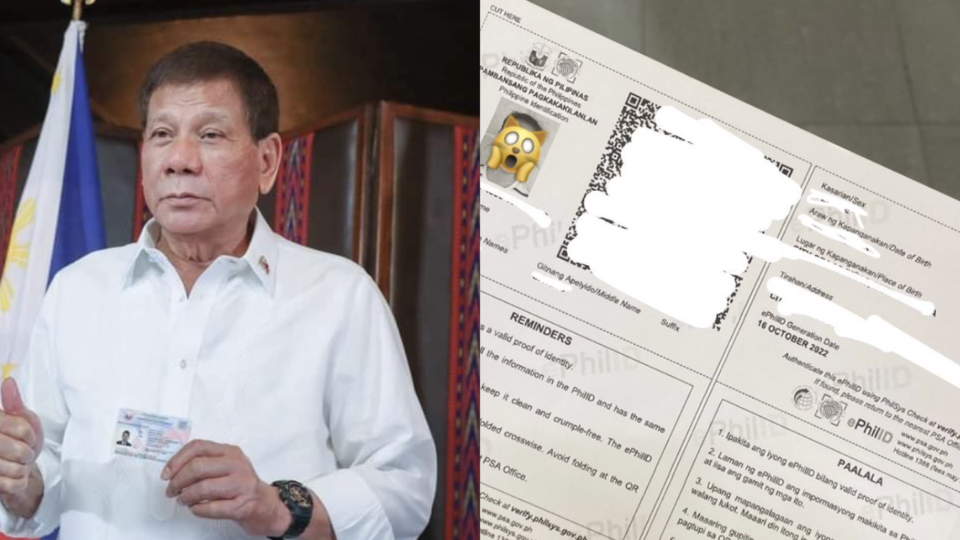Have you received your national ID yet? Yeah, neither have we. Registrations for the new identification card, which were created under the Philippine Identification System Act (PhilSys), began last year. At that time, the Philippine Statistical Authority (PSA) assured people their new ID cards would be delivered straight to their homes within six months.
Yet in July of this year, the PSA announced it would instead begin by rolling out electronic versions of the national ID (ePhilID) that people would have to print and laminate in place of a government-issued card. For some who have already been waiting nearly a year for their new IDs, this was unacceptable.
Take the case of reporter Justinne Punsalang, who took to Twitter yesterday to rant not only about the fact that she had received a piece of paper instead of an actual PVC card 10 months after registering for her ID — but that she had to laminate it too.
“December 2021, I registered for the national ID. It was a quick process. But waiting for my ID was NOT. They said, delivered in six months. Siyempre, charot lang ‘yon (of course that’s nonsense),” she wrote.
She also shared that if she not seen a post informing her that she could book an appointment to receive a printed electronic Philippine ID, she wouldn’t have known to get hers.
While she said that lining up to receive her printed ID was easy and straightforward, she was dismayed that all she received was a printout of the supposed card on bond paper — that she was then expected to cut up and laminate herself.
“For real? Really?! TOTOO KA BA?! (Are you for real?) I waited more than 10 months for a piece of paper that I’d have to spend on to laminate?! What happened to the promised PVC ID that would be delivered to every Filipino household who applied for the national ID?” she wrote.
Punsalang lamented the fact that the national ID program was granted a budget of PHP28.4 billion (US$481.59 million), of which only PHP6.8 billion (US$115 million) has been declared as spent.
“What happened to the remaining PHP21.6 billion?” she asked.
Some pointed out that Punsalang’s printout was actually a printed copy of the electronic version and not the national ID itself, although it would still be honored as a valid ID.
Others argued that 10 months is a long time to wait for an official ID, let alone a printed copy of the real thing — some even said they had waited as long as 14 months.
Others said they didn’t even have their IDs registered in the database after a year and a half.
Punsalang is clearly not alone in this — last week, House Deputy Minority Leader Bernadette Herrera filed a resolution to look into the national ID system’s “problematic rollout”.
Calling the rollout “inefficient, delayed, and faulty” so far, the representative called for “an accountability mechanism to allow a closer look into what went wrong, or what may still be improved, in the implementation of the national ID system,” she said.
Senator Grace Poe also said that the period of six months to a year was an unjustifiable amount of time to wait for an ID.
The Commission on Audit (COA) said that the government was only been able to deliver a small percentage of the promised IDs in the program’s first years, delivering only 17.53% of the 50 million meant to go out in 2020 and 2021. There have also been complaints about IDs containing inaccurate and becoming unreadable after 3 months, among others.




